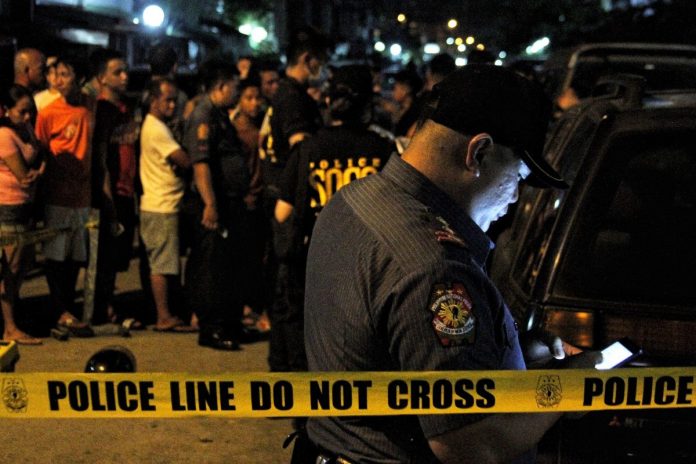Were the 7,000 drug war deaths of 2016-2019 summary executions? Here’s how to check. Make the police present all the slain suspects’ guns.
Seven thousand guns would prove that drug suspects had fought back, endangered police lives, and thus had to be dealt lethal force.
Government can then decide whether to bar or let the International Criminal Court probe the killings. No more chatter about ICC jurisdiction over Rodrigo Duterte or breaching Philippine sovereignty.
From the start of Duterte’s presidency a news pattern emerged. Plainclothesmen would conduct street buy-busts. Sensing the trap, suspects pull out rusty .38-caliber revolvers. Quicker on the draw, police shoot them dead.
A variation was the “tok-hang” raid. Uniformed cops would knock (katok) on slum shanties to request (hangyo) dwellers to stop peddling shabu (meth). Fighting back (nanlaban) with rusty .38s, the latter end up lifeless. Photos showed most fatalities in rubber slippers and gartered shorts in which firearms neatly were tucked.
Duterte and then-PNP chief Bato dela Rosa claimed that all were legit actions. In which case, proper procedures presumably were followed. Suspects were known beforehand. Post-operations reports were filed. Time, date, place, team leader, operatives and outcome were narrated. Plus, such details as who felled the suspects, number of shots exchanged, and to what hospital or morgue the bodies were brought.
Most important, the brand and serial number of the suspect’s gun.
Post-ops reports are submitted to immediate and higher superiors, receipts properly signed, and date/time-stamped. Those records should be extant.
In fatality cases, reports are submitted to PNP-Internal Affairs Service. Deaths are explained or justified. Custody is taken of firearms, unspent bullets, shells, and slugs recovered from cadavers or walls and floors. All turnovers of documents and physical evidence are signed.
Assume that only one of every two suspects tried to repel arresters. There should be 3,500 .38s in custody, matched by official reports of serial numbers. If only one in every three, then there should be 2,300 firearms. If one in four, then 1,750 guns. The point is that PNP should have custody and records.
In some cases, suspects allegedly wielded grenades, sumpak (improvised shotguns) or knives. Same reporting, safe-keeping and turnover procedures.
Where are all those reports and seized weapons? PNP headquarters should know.
Are those papers and evidence scattered in PNP precincts and operating units nationwide? Or stored in a central arsenal?
The ICC had paused for over a year its probe of alleged extrajudicial killings. That was on the Philippine request for ample time to demonstrate that justice was served.
During that interlude the PNP must have collated data. All post-ops reports should have been reviewed, and serial numbers compiled. Firearms should have been checked against reported serial numbers, and custodies verified.
Now, can the PNP present such master file, especially serial numbers matching with firearms? If so, then the ICC need not waste its time snooping into likely justifiable killings. If not, then PNP generals must themselves welcome and secure ICC investigators.
Jarius Bondoc is an award-winning Filipino journalist and author based in Manila. He writes opinion pieces for The Philippine Star and Pilipino Star Ngayon and hosts a radio program on DWIZ 882 every Saturday. Catch Sapol radio show, Saturdays, 8 to 10 a.m., DWIZ (882-AM).
The views expressed in this article are the opinions of the author and do not necessarily reflect the editorial stance of LiCAS.news.









